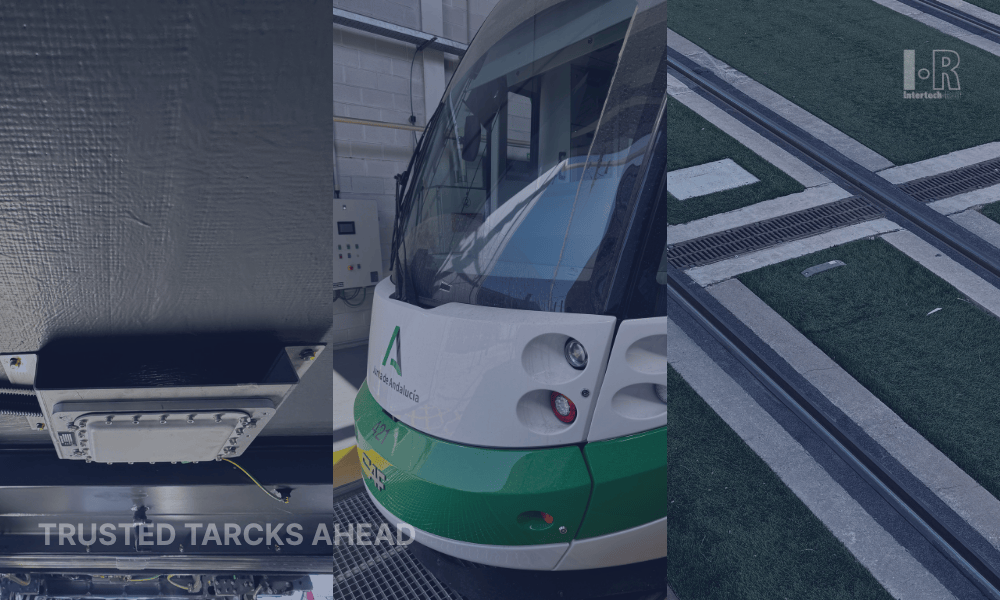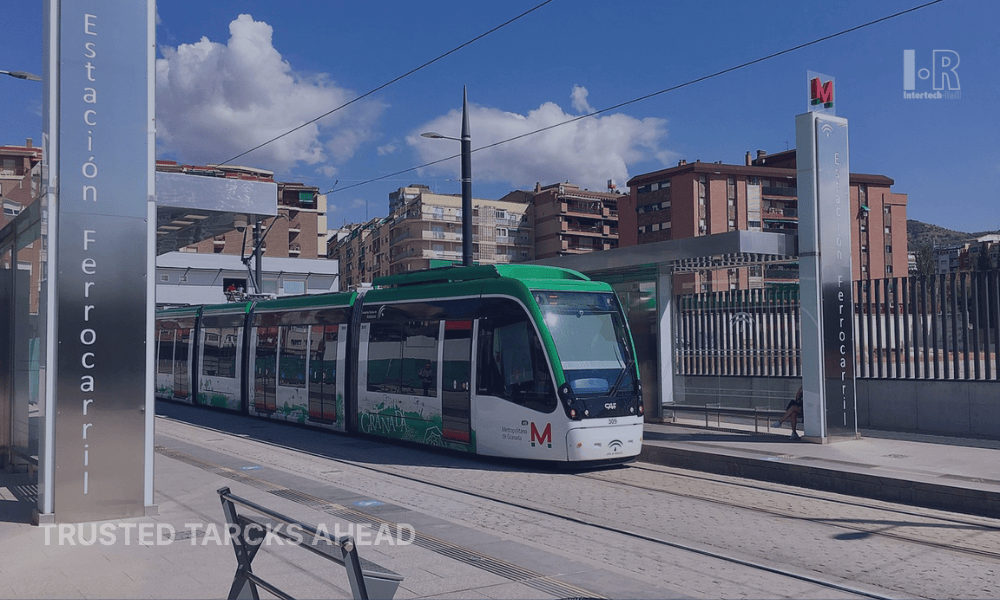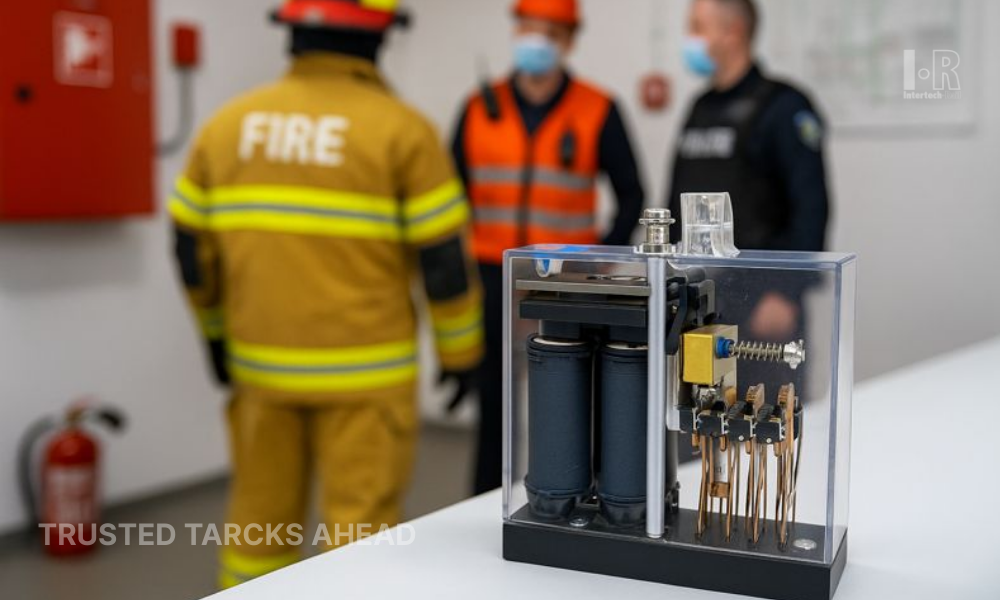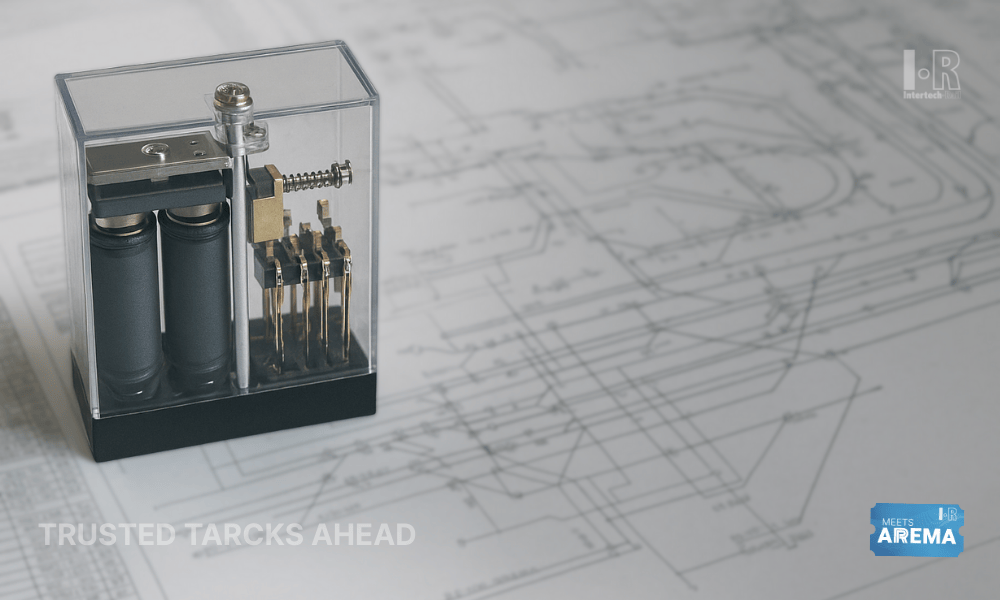Smart Rail Balises
Smart Rail Balises: The Definitive Guide to RFID and Beacon Technologies for Modern Railways

Fundamentals of Railway Balise Technology
When rail networks grow more complex, precision is no longer a luxury but a necessity. Smart rail balises
are the silent enablers of accuracy in modern railway signaling, safety, and automation. These small devices, embedded along the track, serve as the brainstem of today's intelligent rail infrastructure.
But what exactly are they? How do they work? And why are trackside beacon systems
suddenly at the center of the digital railway transformation?
This guide explores the core of balise technology, explaining how RFID in railways, train positioning,
and reader systems come together to form the backbone of real-time decision-making across the rail sector.
What Is a Rail Balise? A Simple Explanation for a Complex Device
At its core, a railway balise is a data transponder installed between or beside the rails. As a train passes over, the onboard reader system
detects the balise and decodes the data stored within it. This can include track geometry, signal aspects, speed restrictions, or even temporary alerts.
There are two major types of balises in global use:
- Passive balises: these don’t require external power. They are activated by the electromagnetic field of the train's antenna.
- Active balises come with an internal power source, enabling more complex or real-time programmable functions.
Some systems also use programmable data balises, allowing operators to update the content of the balise remotely, ideal for dynamic routes, maintenance alerts, or interoperability between signaling systems.
How Smart Rail Balises Power Modern Train Positioning
The combination of balises and train-mounted RFID readers
enables highly accurate train positioning, even where GPS fails, like tunnels, dense urban zones, or mountainous terrain. While GNSS systems offer broad coverage, they struggle with latency, obstruction, and security. Smart balises solve this by giving fixed, verifiable reference points on the track. They ensure the train’s onboard systems always know exactly where they are.
In ETCS
and CBTC
systems, balises are key to maintaining safe braking curves, consistent spacing between trains, and real-time communication with centralized control systems.
Eurobalise: The European Standard That Changed Everything
No article on RFID in railways
would be complete without mentioning the Eurobalise, the standardized balise used in the European Train Control System (ETCS). It’s passive, robust, and compatible across countries. Thanks to its reliable signal processing, the Eurobalise ensures seamless interoperability across borders, creating a pan-European digital signaling standard. Countries outside of Europe have begun adapting the same principles to their systems, leading to improved safety and scalability.
Reader Systems and Signal Processing: Decoding Trackside Intelligence
The true intelligence of a balise system is only realized through its reader systems and how they process the data. Each balise sends a telegram, a structured data packet, when triggered. The reader system decodes it and sends it to the train’s onboard processor, which combines the information with real-time data on speed, location, and direction. This is where signal processing becomes critical: the system filters out noise, validates the message, and applies it to current operational decisions. A poorly designed reader or low-quality processing algorithm can lead to delays or worse: safety risks. That’s why high-performance reader systems and hardened balise firmware are essential components in modern rail signaling.
Active vs. Passive Balise Systems: Which One Fits Best?
Choosing between active and passive balises isn’t about which is “better”, it’s about what your system demands:
Feature Passive Balise Active BalisePower Source Train-induced field. Internal battery or power
Maintenance Low Higher (battery replacement)
Data Capacity Standard Extended/dynamic
Use Case ETCS, simple data Freight, real-time alerts
Smart rail balises often combine the logic of both, using passive hardware with programmable functionality to provide dynamic behavior with minimal maintenance.
The Future of Balise Technology: Smarter, Safer, Global
As automation increases and signaling evolves toward fully driverless systems, balise technology is not being replaced—it’s being enhanced. We’re entering the era of:
- Hybrid RFID + GNSS systems
- AI-assisted signal processing
- Cross-border standardization via Eurobalise logic
- High-frequency programmable data balises
Smart rail balises are no longer just trackside tools—they are digital anchors that allow trains to move faster, safer, and with greater autonomy.
Why Balises Still Matter in the Age of AI
It’s tempting to look at satellites and 5G and think physical systems like balises are outdated. But ask any rail engineer, and you’ll get a different answer: balises provide trust. They're reliable. They're visible. They don't depend on cloud latency or signal towers. In a world where data often floats in abstraction, balises give railways something tangible, and that matters.
In the end, smart railways will be built on both cloud intelligence and trackside certainty. And that’s where balises, silent, smart, and essential, remain irreplaceable.
Explore more articles about railway balises
and discover Intertech Rail’s complete solutions in Balise System.





